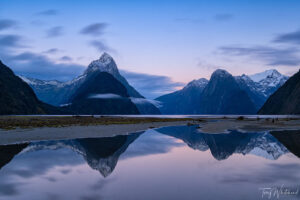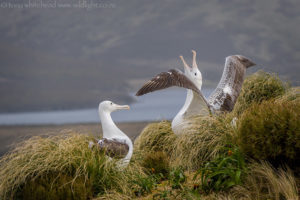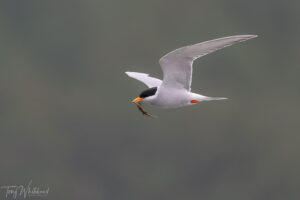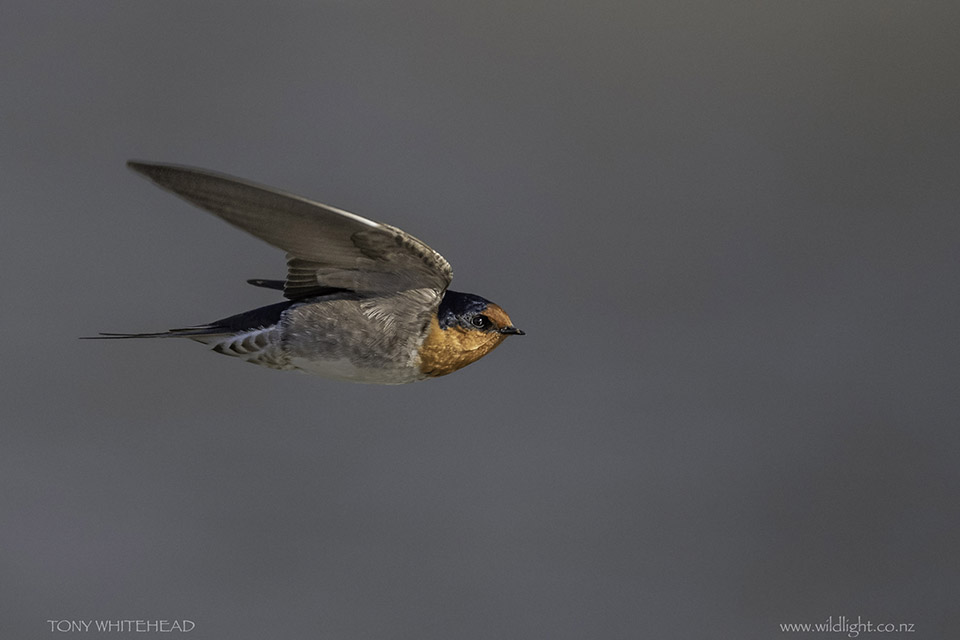
For photographers obsessed with photographing birds, flight shots have their own special challenges depending on the bird species. Photographing swallows in flight is right up there with Fantails in level of difficulty as they are small, move fast and move erratically. They often hunt insects over water and the texture of the water can cause focussing issues.

As digital cameras have evolved photographing swallows in flight has changed from an impossibility to a pastime that has a degree of success. With Nikon D70, D200, D300 and D700 cameras I never achieved anything acceptable. The first image that I was happy with was with the Nikon D800. By current standards the focussing engine was not that great but by choosing a day where the birds were foraging into a headwind so moving a little slower than usual, I managed to track one adequately with a 500m f4 to get one acceptably sharp shot with enough pixels to crop a decent image out of the file. Today this image probably wouldn’t even make the shortlist to process as the bird is angled away and has moulted secondaries. The Nikon D500 and D850 were game-changers with their group area AF being ideal for this. This blog post discusses how I set up my Nikon focus settings for bird photography to give instant access to two focussing modes.
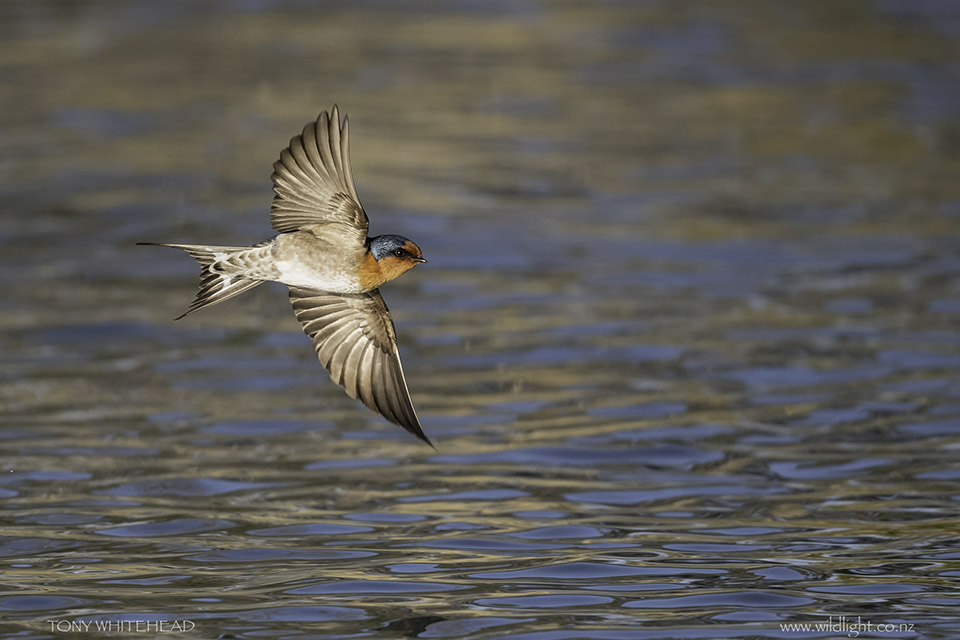
Combining these latest camera bodies with the light and compact Nikon PF telephoto lenses (300mm f4PF and 500mm f5.6PF) makes it much easier to acquire and track these erratic little birds. There a re still a lot of images to cull after a shoot but the number of critically sharp images is exciting.

Tips to help improve success include seeking a situation where the wind and sun are coming form the same direction and place yourself with your back to the source of light and wind. This gets the birds flying into the wind and light so that you can anticipate their path and their speed is reduced as they approach you. Keeping low to isolate the birds against a clean area of sky can help the autofocus lock onto them more easily.

While it is satisfying to get a nice sharp image of a swallow in flight, what is more interesting is to see things that are just not visible to the naked eye. While watching them it is impossible to see the tiny insect that they are pursuing and images can show a frozen image of them in action revealing what we cannot see at life speed.
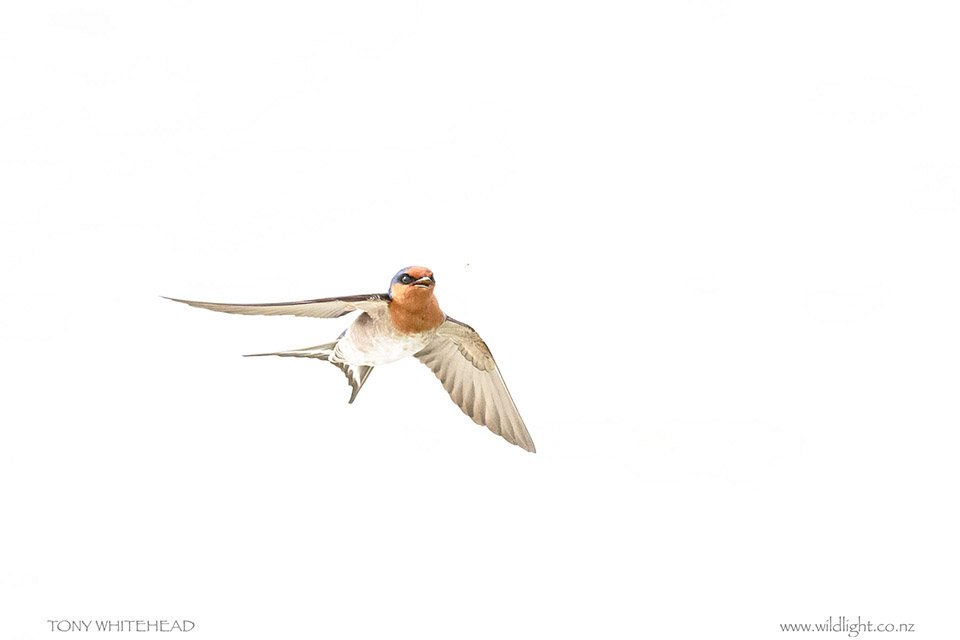
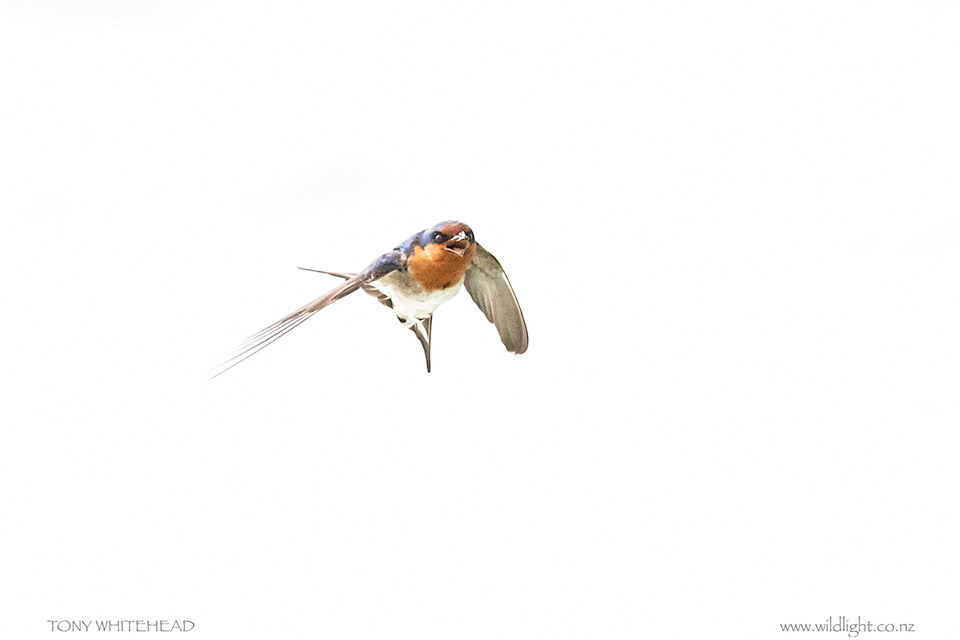
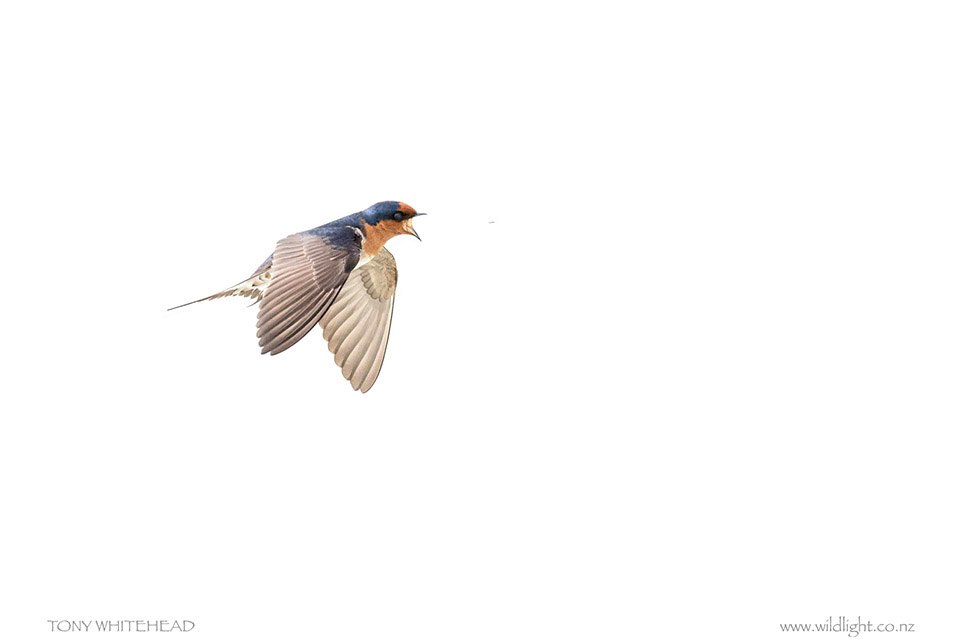
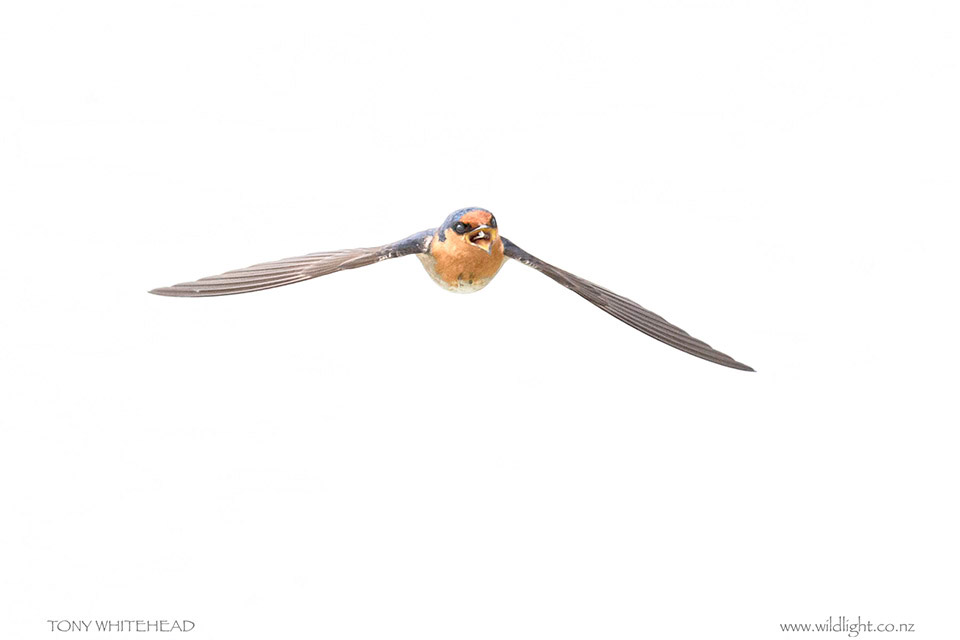
Apart from catching flight shots of swallows feeding on the wing some interesting behaviours can be recorded as with this juvenile scratching himself while flying directly at the camera.
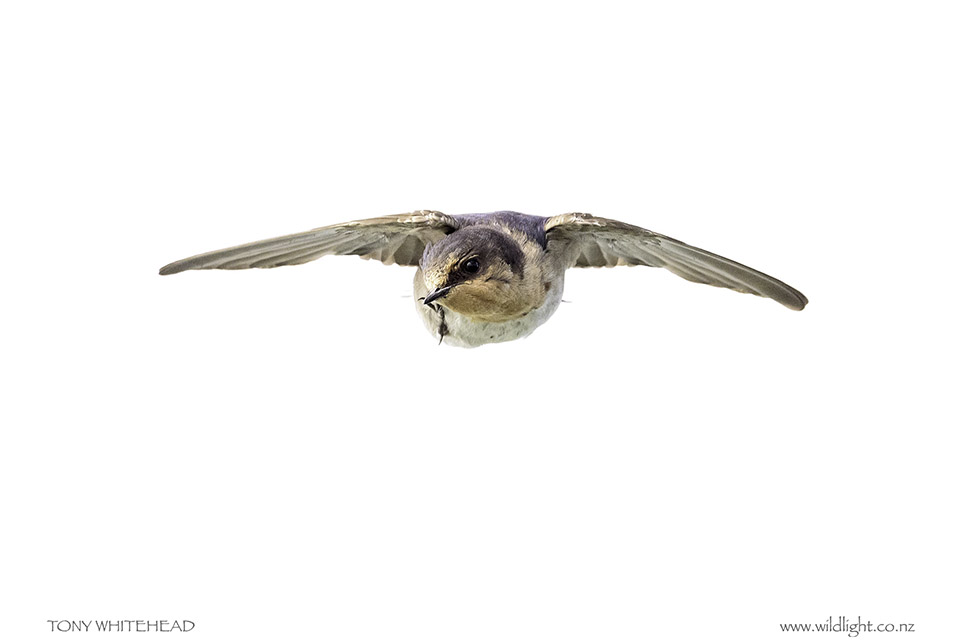
This final images shows a swallow rising up after splashing into the lake. I’m not sure if this was a miscalculated attempt to pluck an insect from the surface or a bathing splash.

All photos with either Nikon D500 or D850 and 300mm f4PF or 500mm f5.6PF except the one with Nikon D800 and 500mm f4VR as noted
